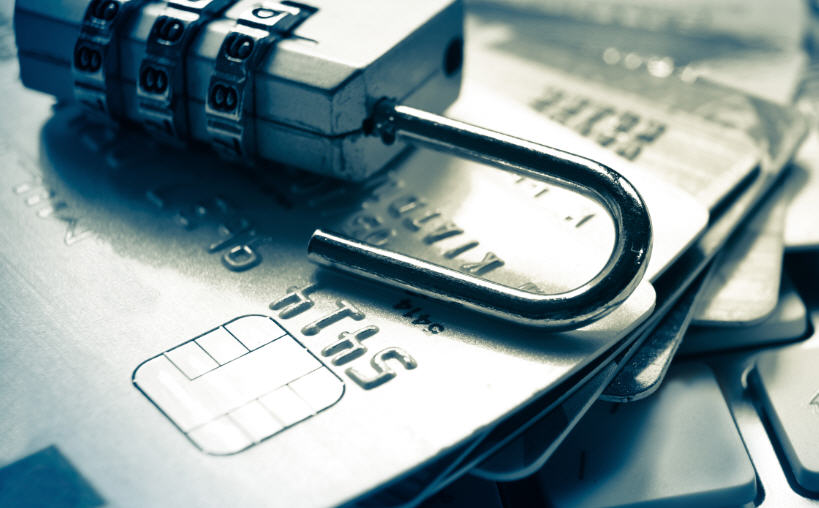CNP (Card-Not-Present) vs. WCWP (Who-Cares-What’s-Present)
April 12th, 2013

So let’s say you have an app on your mobile tablet which is pre-loaded with your credit or debit card information. Now let’s assume that you can use that app to make purchases at various sites or via other apps. While you’d technically not be sending the required information (from the card networks’ point of view) as part of the authorization transaction flow, I’m not sure that most of us would define this as a “pure” Card-Not-Present (CNP) transaction, since (a) the apps are interacting with one another (hopefully via a secure communication channel) and (b) there may not be any way to be “physically present” with the app requesting the card data! What are you gonna do … somehow stick your body and purse/wallet into the tablet sitting on your lap or the smartphone in your hand?!
In other words, the Card Present (CP) and Card-Not-Present (CNP) distinction is becoming more and more outdated by the day. In the situation described above, this distinction almost makes no sense. In fact, I would argue that it’s time that the ENTIRE community (yes, that means vendors, merchants, issuers, merchant acquirers, app makers, the card networks, the mobile wallet makers, and possibly a few other folks, as well) get together to come up with an in-between definition or to revamp the entire structure from top to bottom. All these groups – not to mention the consumers, too – both need and are asking for a way of managing transactions that makes sense in today’s world.
CP and CNP simply do not adequately cover the situation described here of an app with a securely loaded card on it. Come to think of it, this problem exists for mobile wallets, as well. Wouldn’t it be fairly easy to argue from a security vantage point that a mobile wallet, or a properly secured app with card information embedded within it, are in many ways safer and more reliable than a consumer handing over the card at a Point-Of-Sales with a clerk’s quick glance at the signature?
The bottom line is that the CP and CNP rates are all about risk. To make this point even more strongly, the card networks already recognize that this situation is not sustainable and appear to be totally fine with charging lower (Card Present) rates for NFC payments as long as those payments are aligned with the specific standards set out by the card networks. I would argue that this is a sign of the times to come and a wise attempt to get the existing CP/CNP distinction aligned with the current reality of payments technology developments.
At last October’s inaugural MONEY2020 Conference this topic was tweeted about by a few attendees, some even claiming that mobile wallet providers were charging the cheaper CP rates to merchants. If true, the mobile wallet makers were probably doing this in order to increase merchant adoption and comfort, even though those same mobile wallet providers are forced to pay CNP rates to financial institutions. In other words, they were doing this at a financial loss in order to focus on user adoption.
And if industry announcements from the likes of Qualcomm and Broadcom are any guide, it might not be long until NFC chips become ubiquitous or so low-power as to attract a wide array of device makers currently sitting on the sidelines waiting for resolution of these issues.




